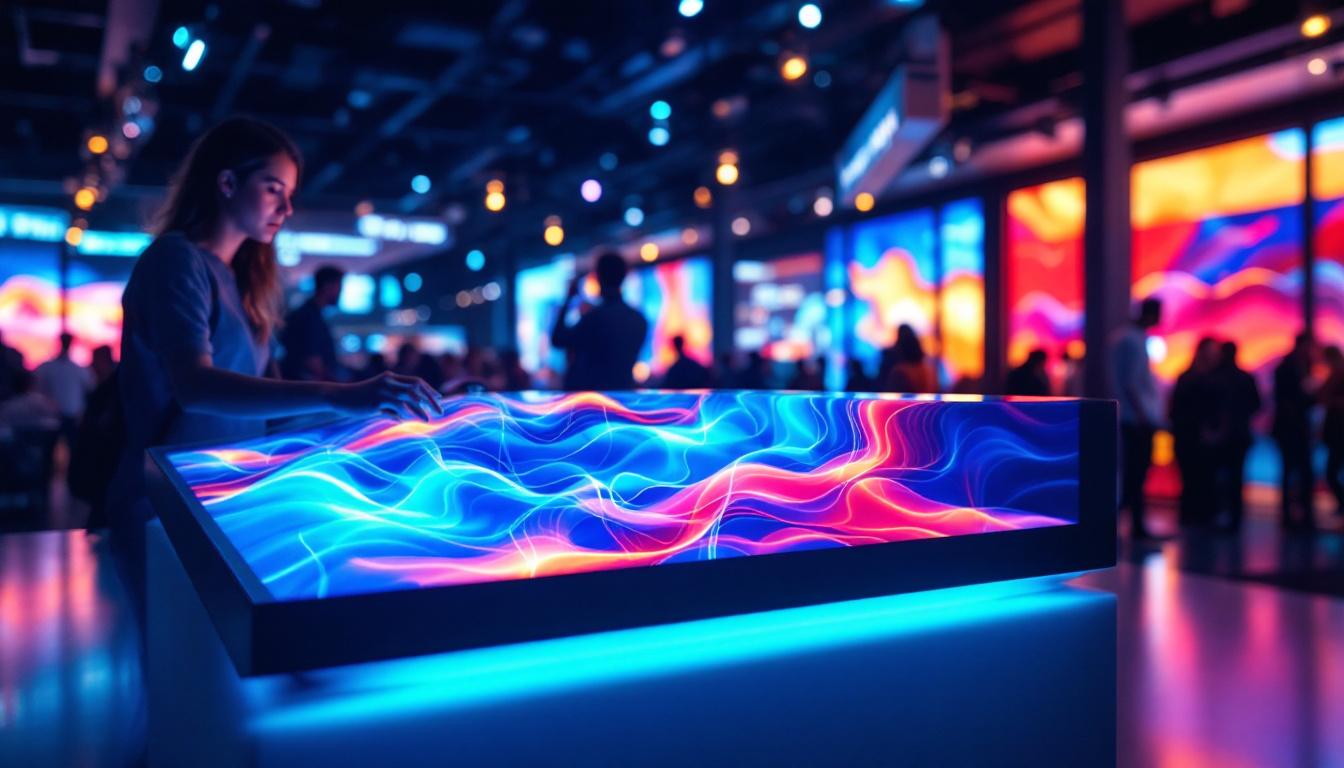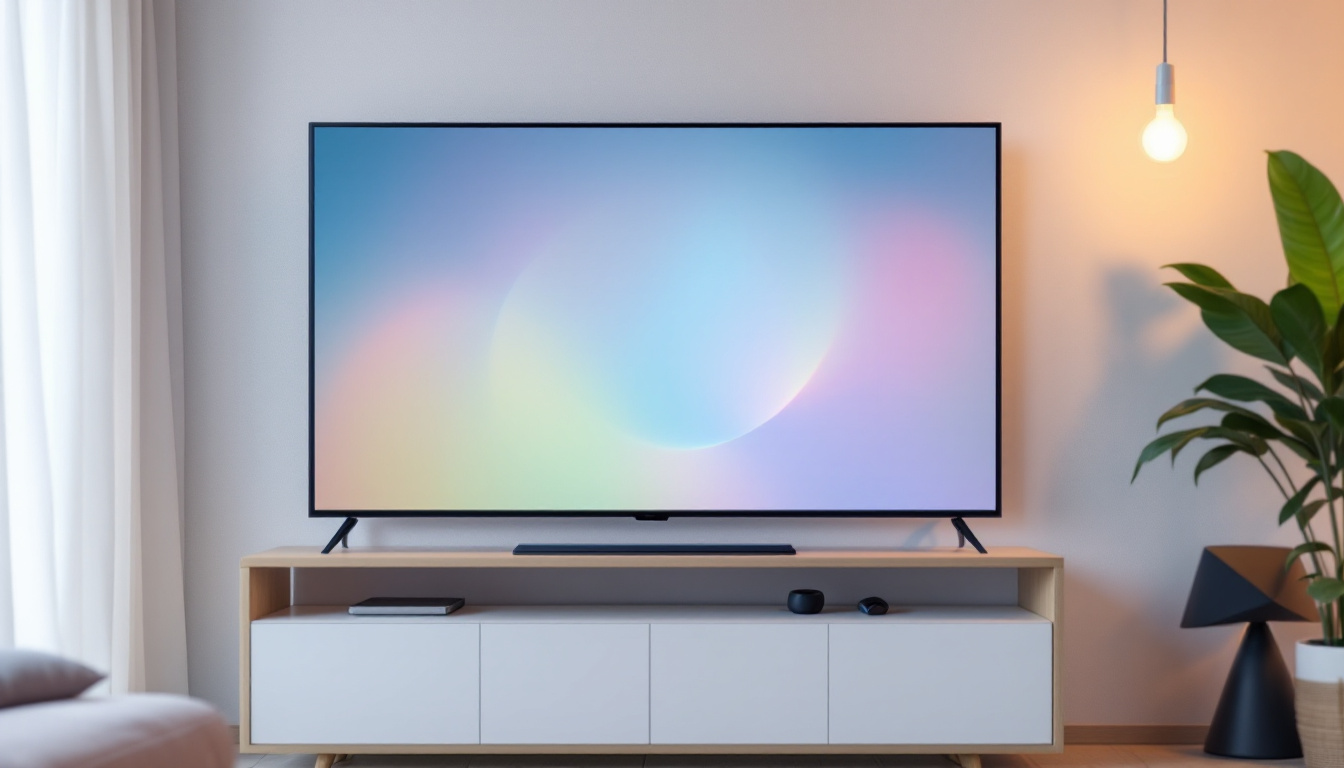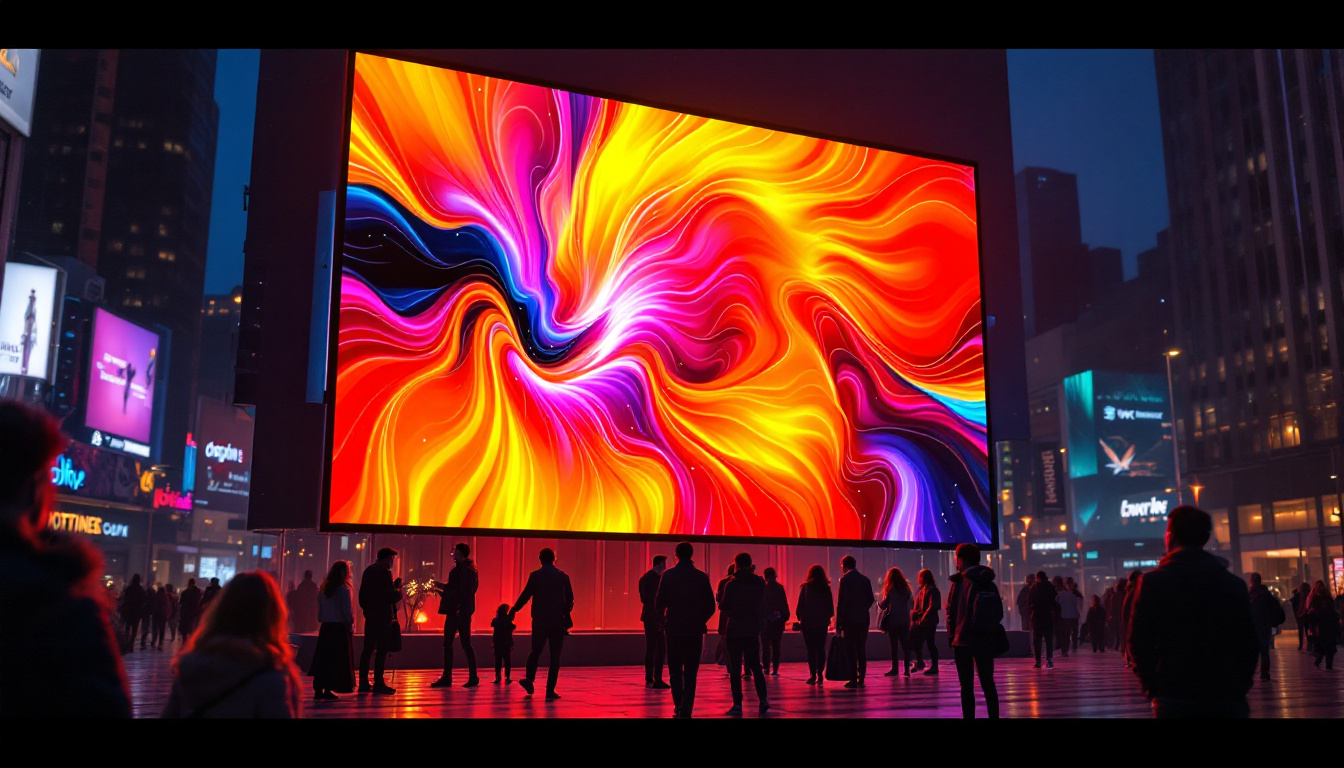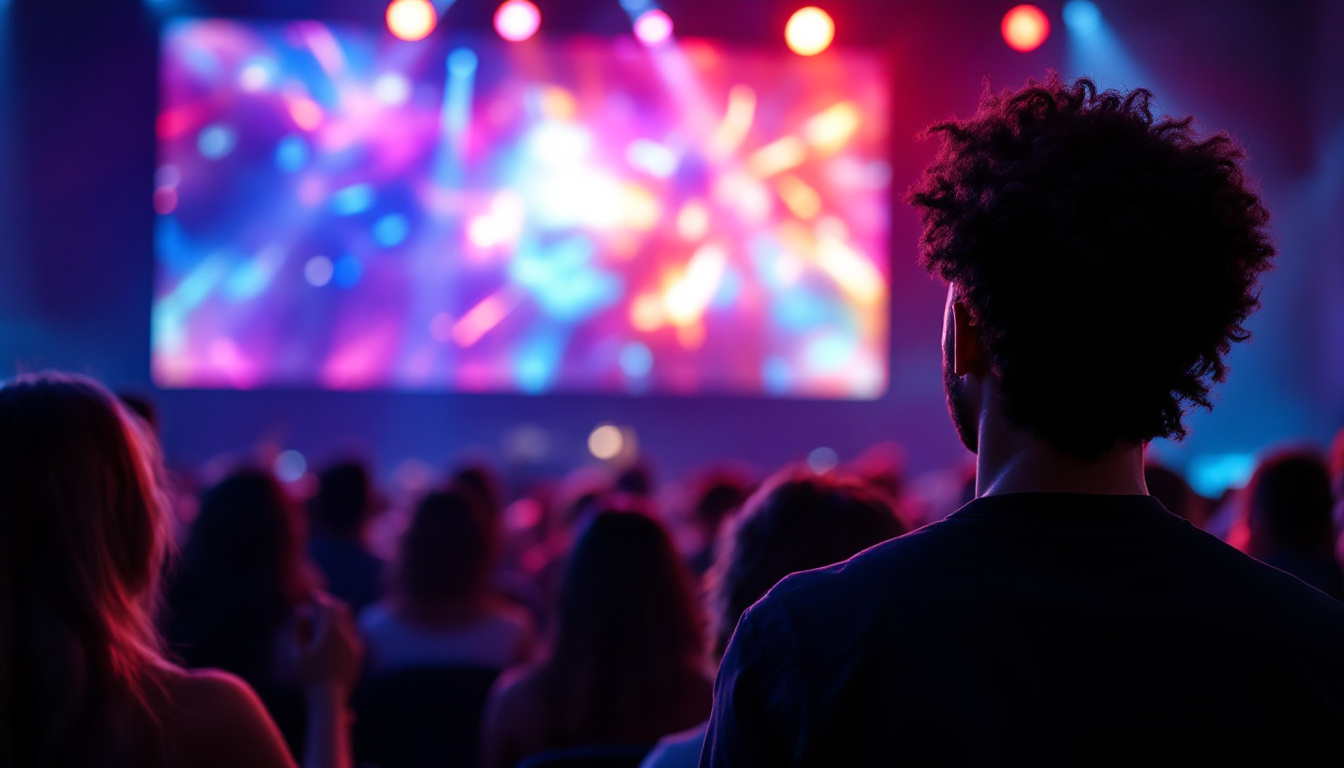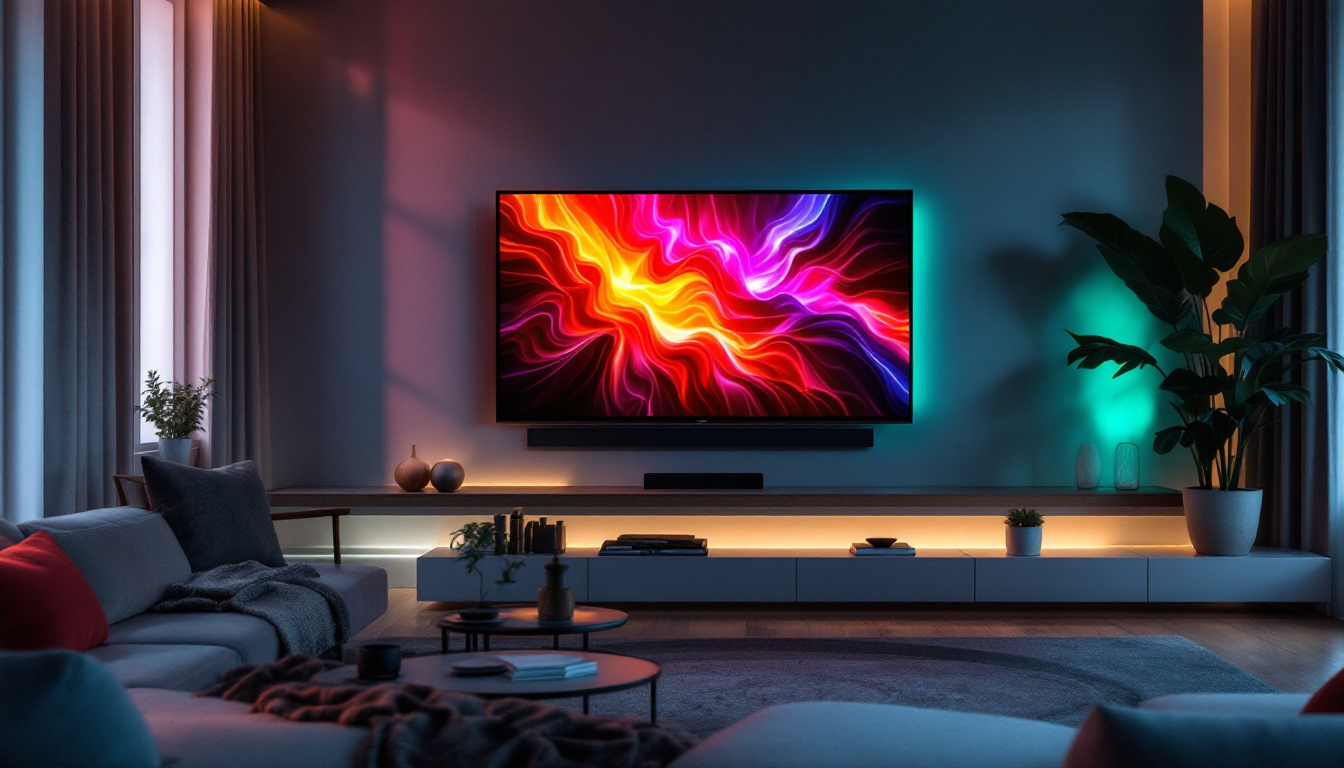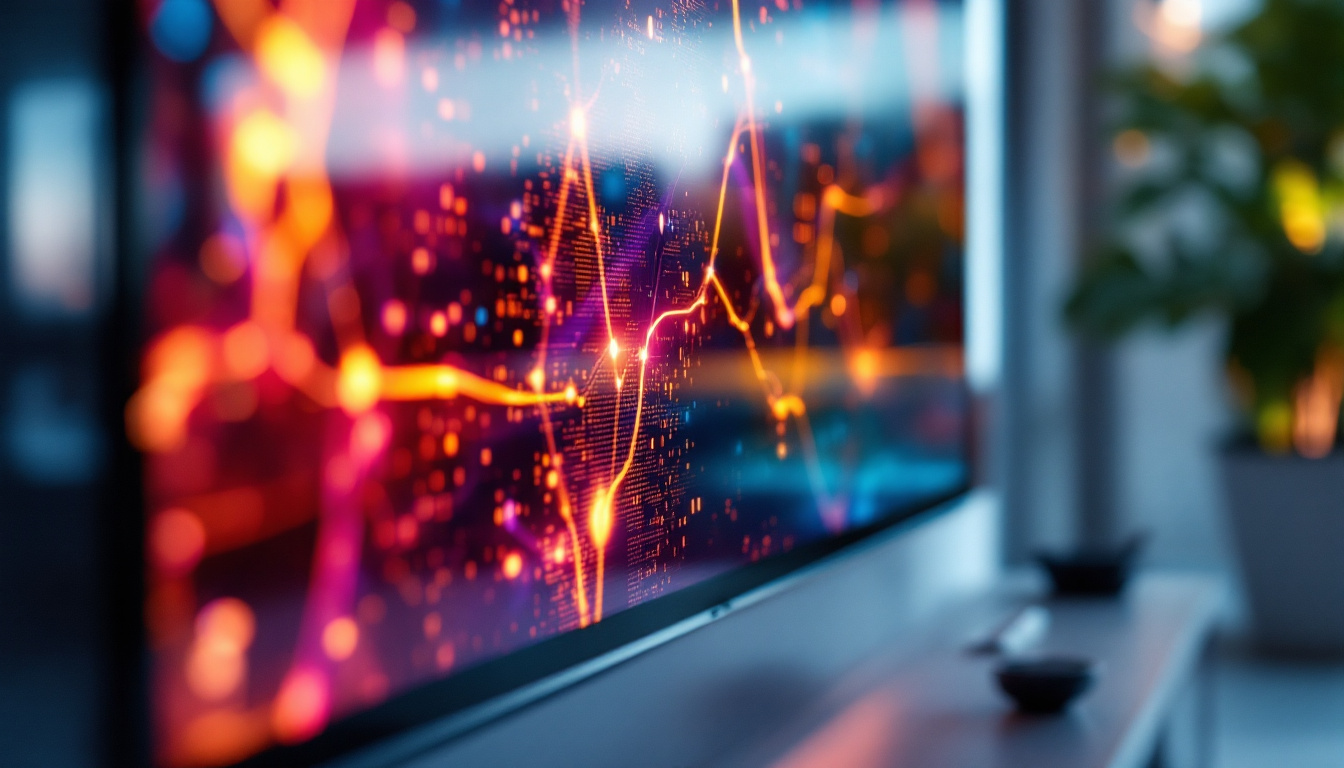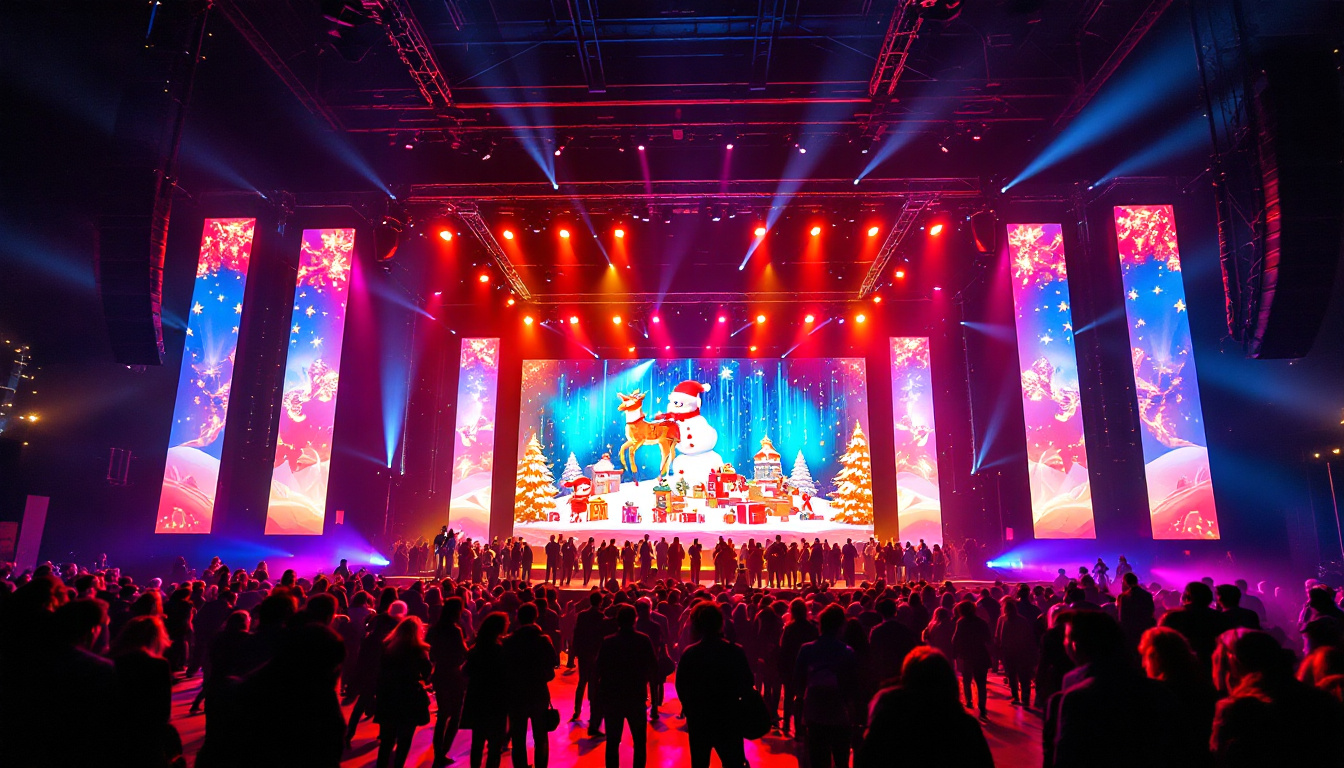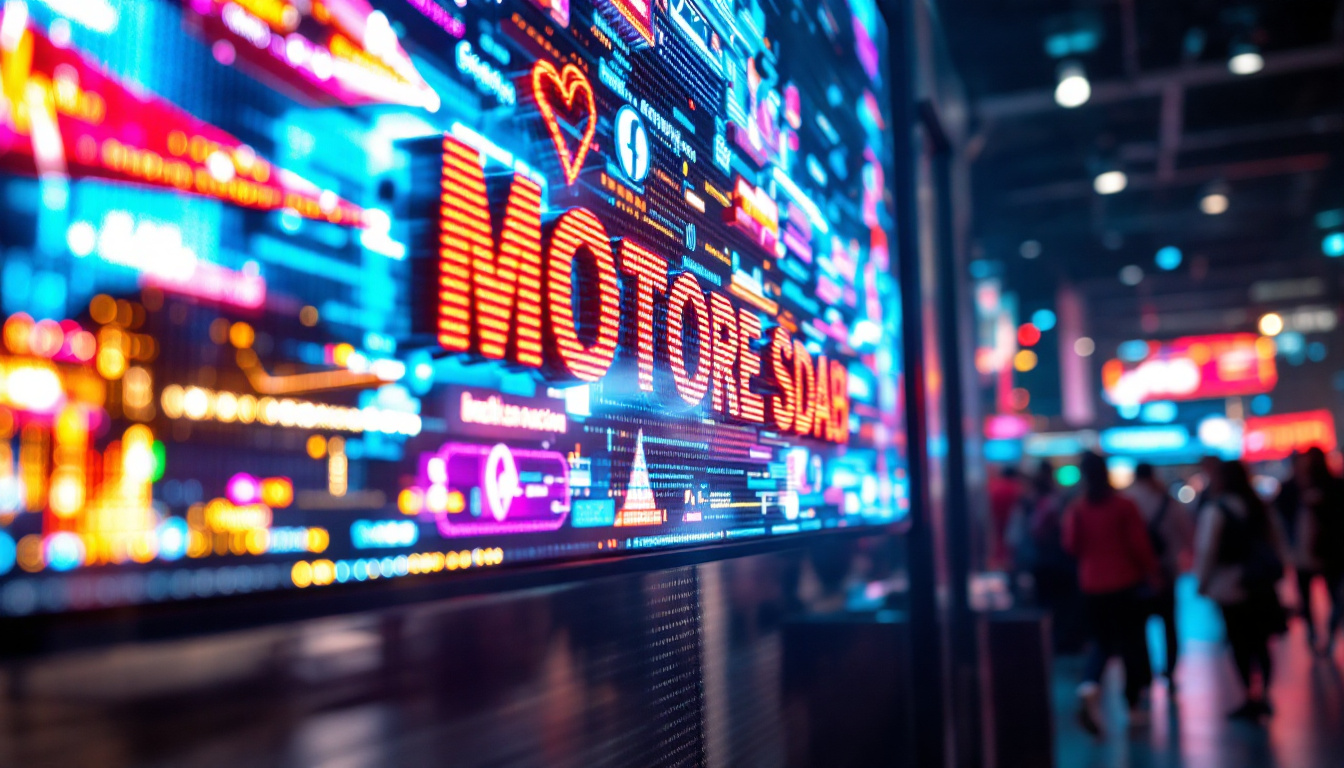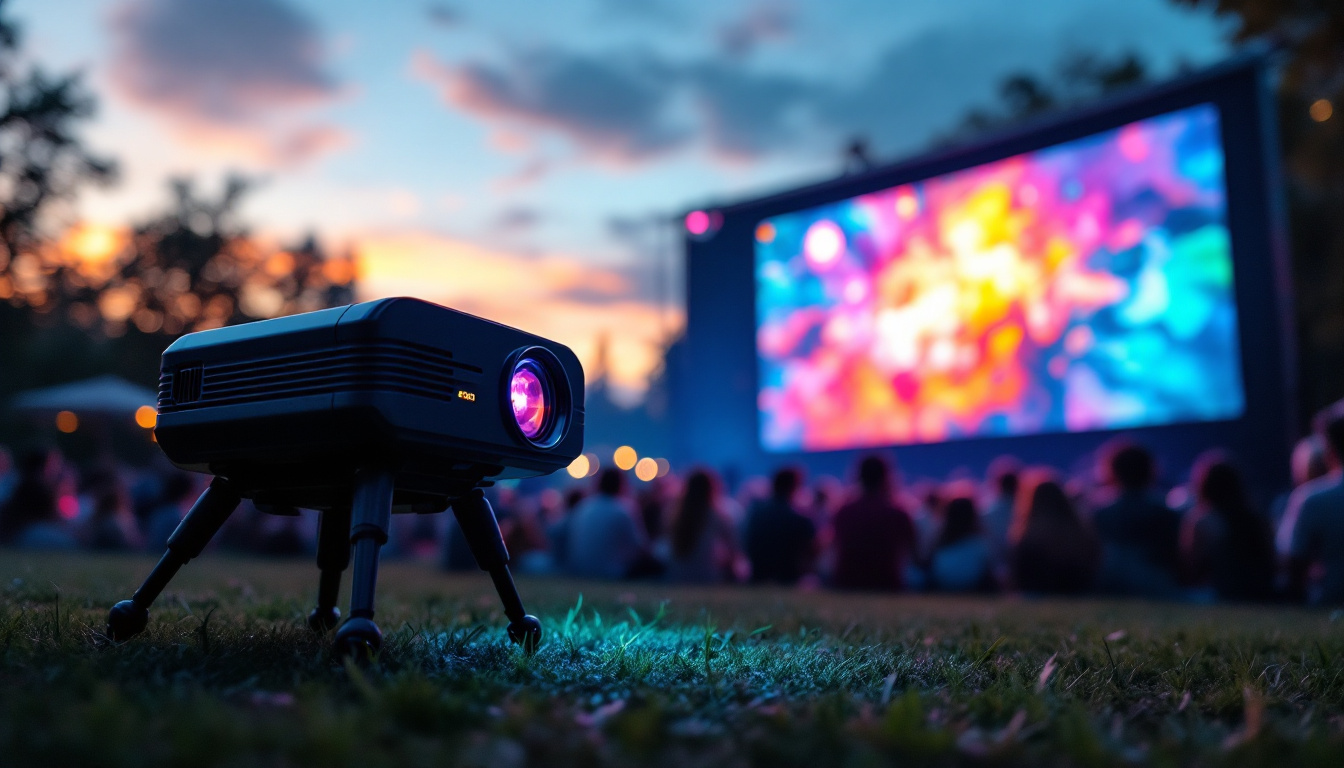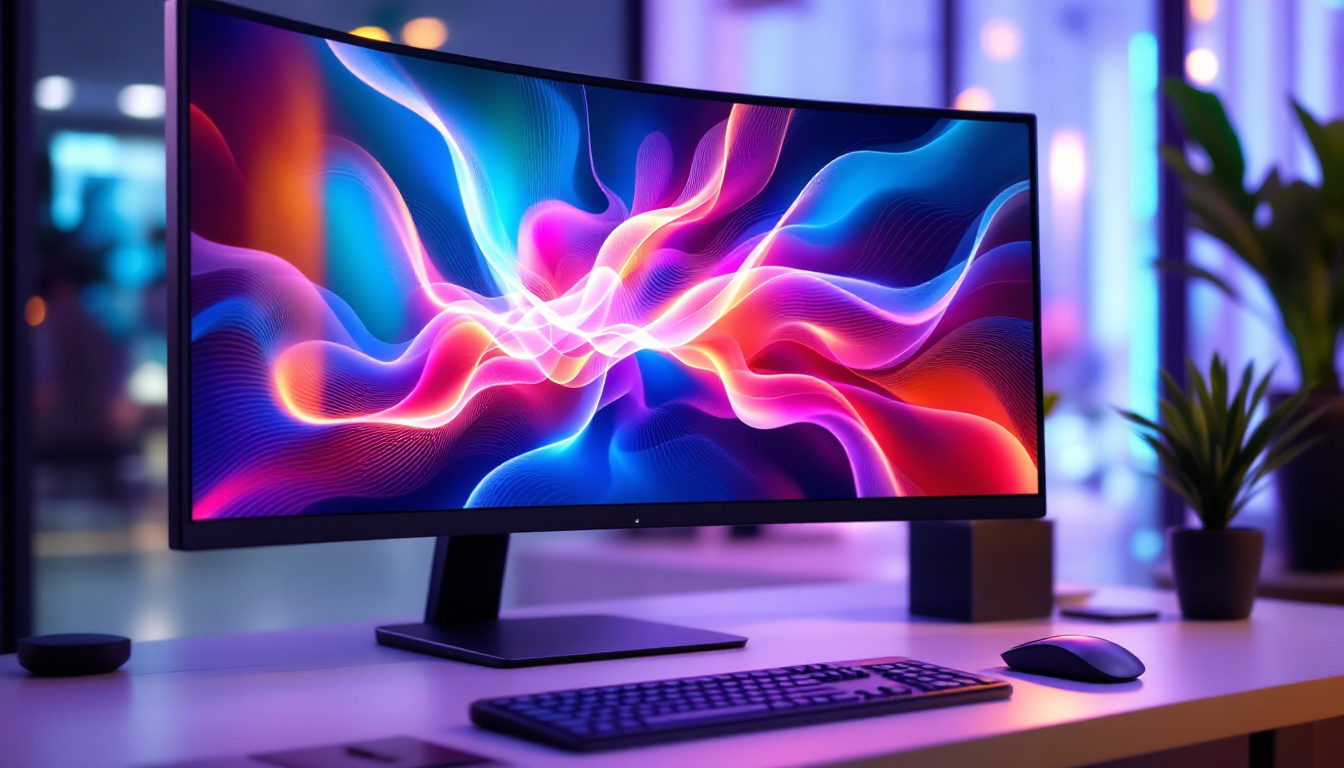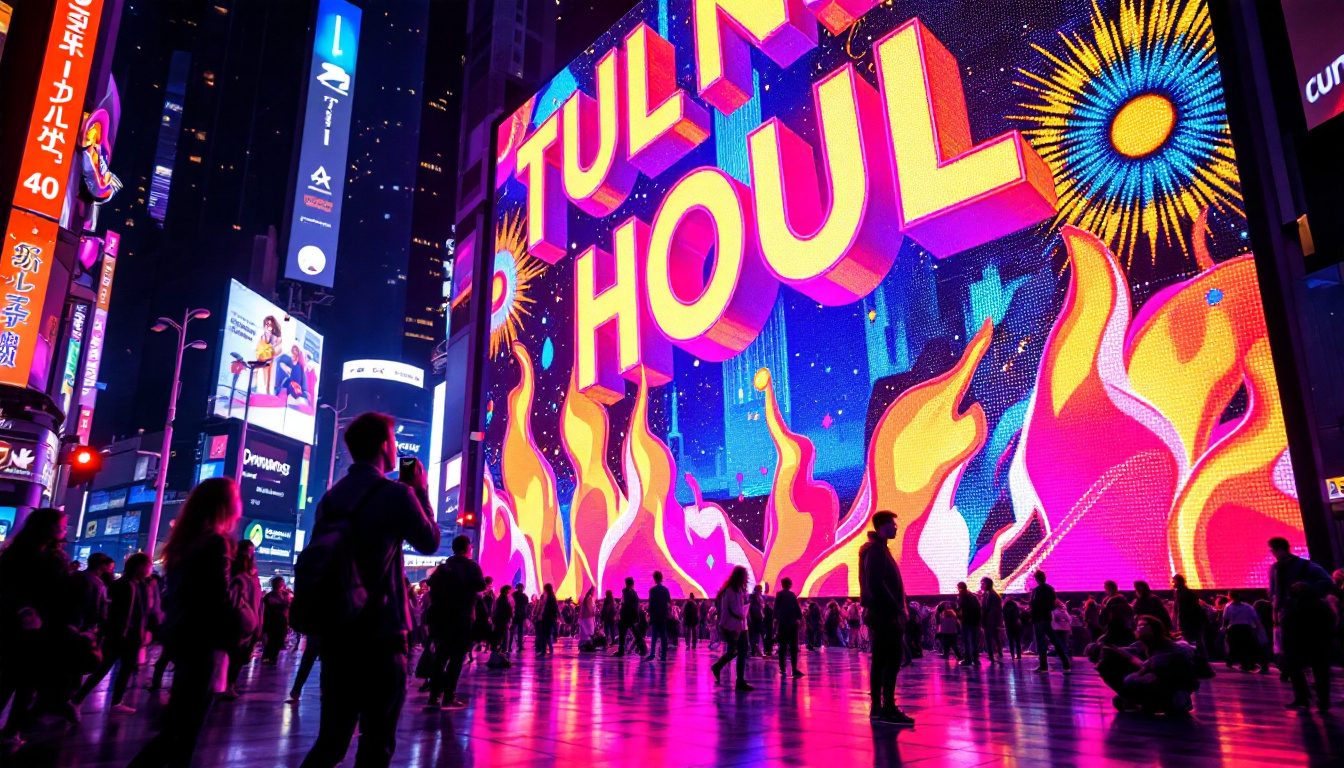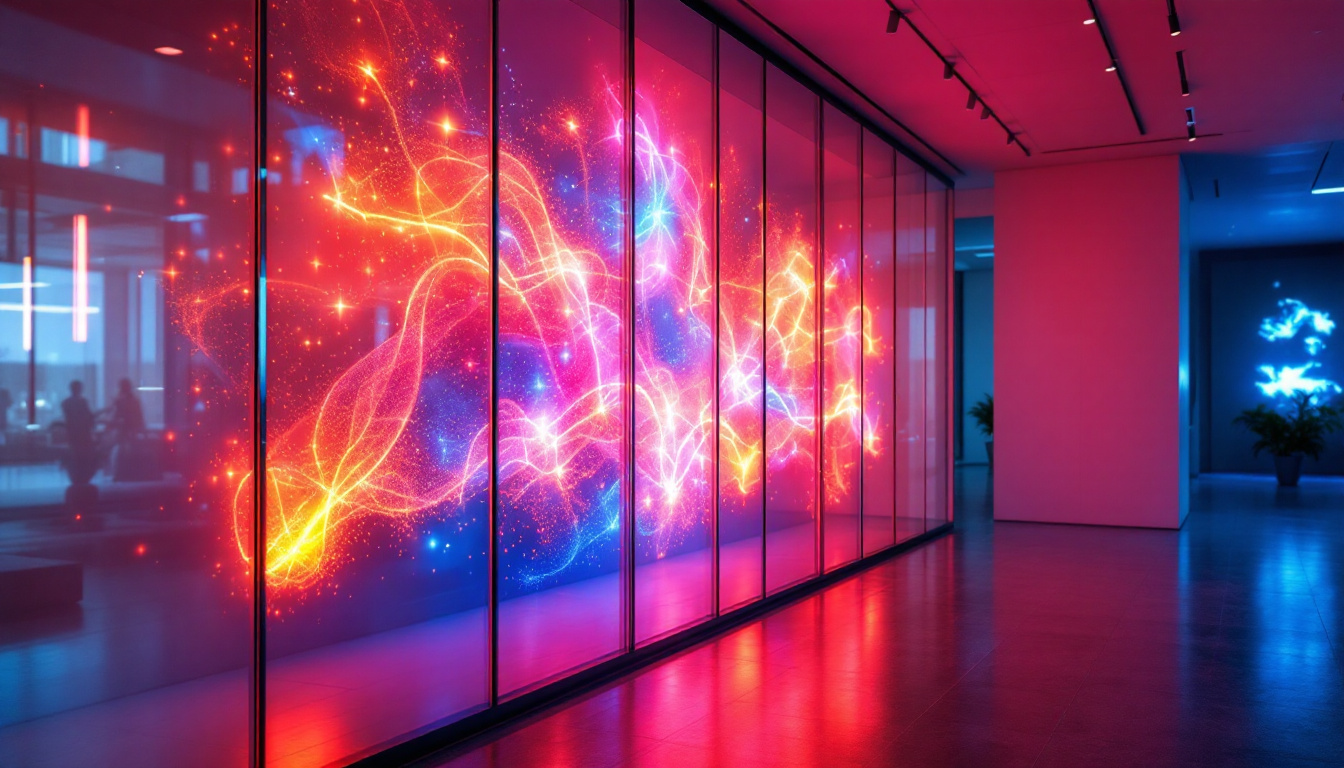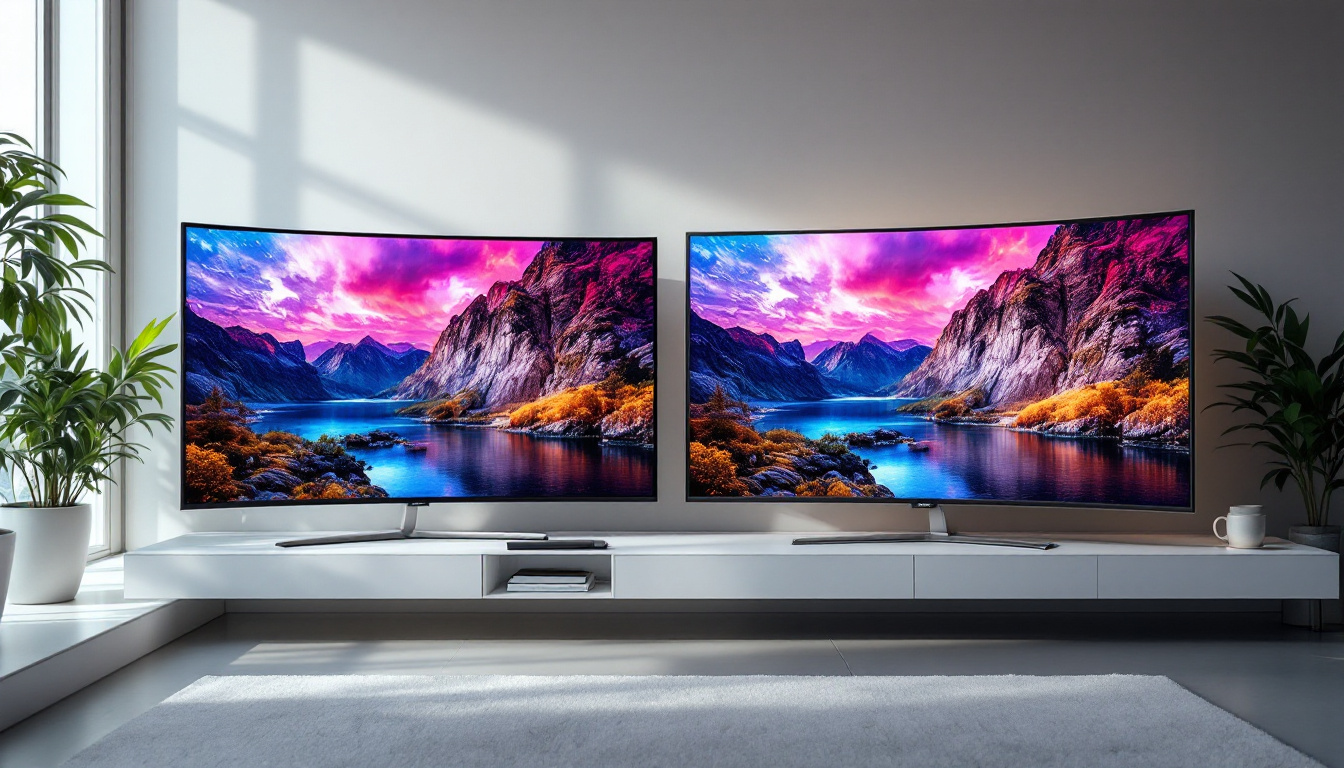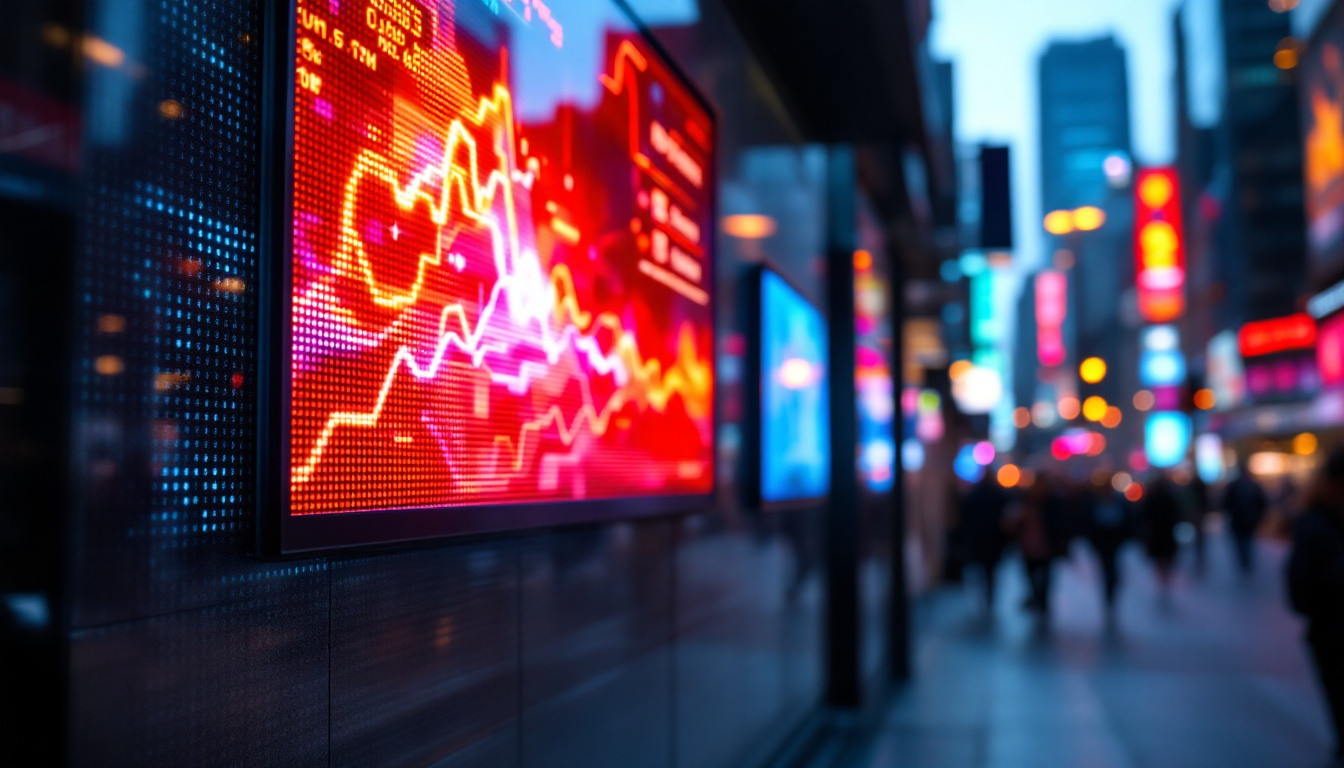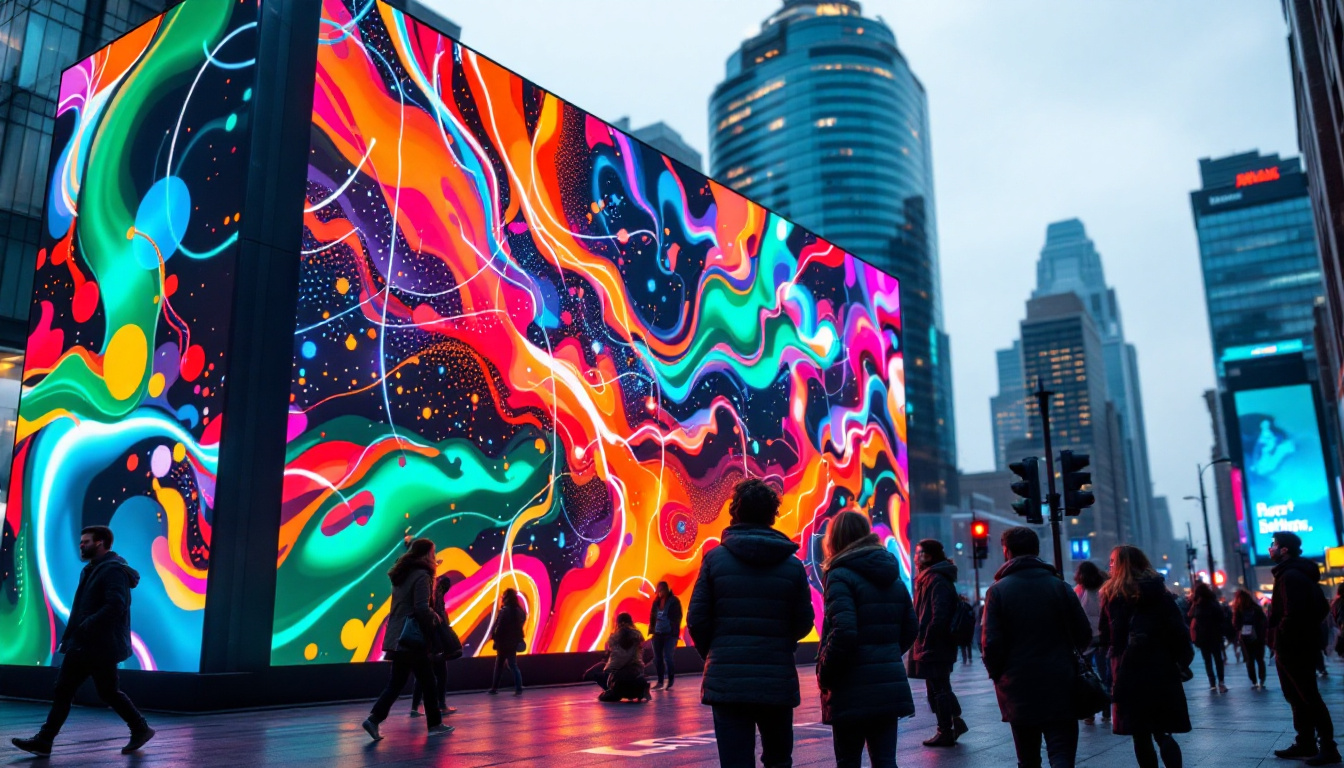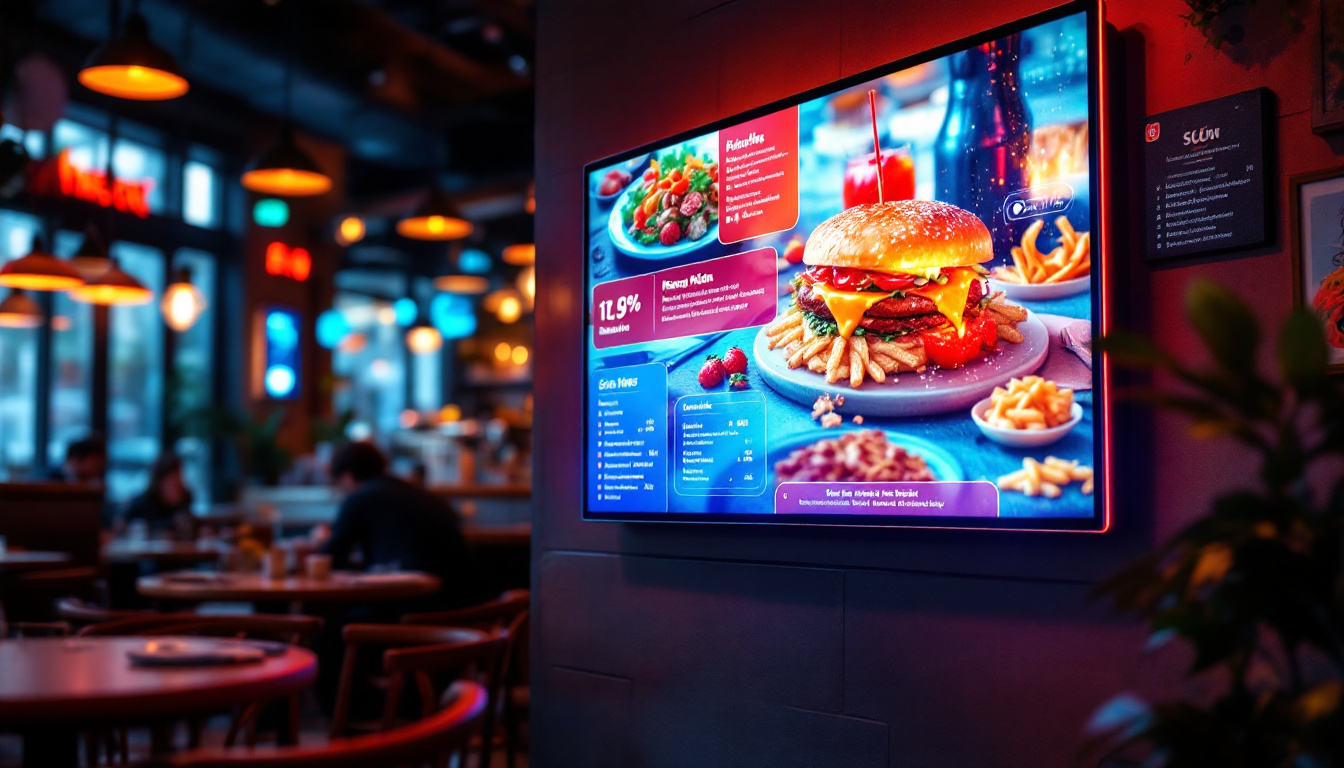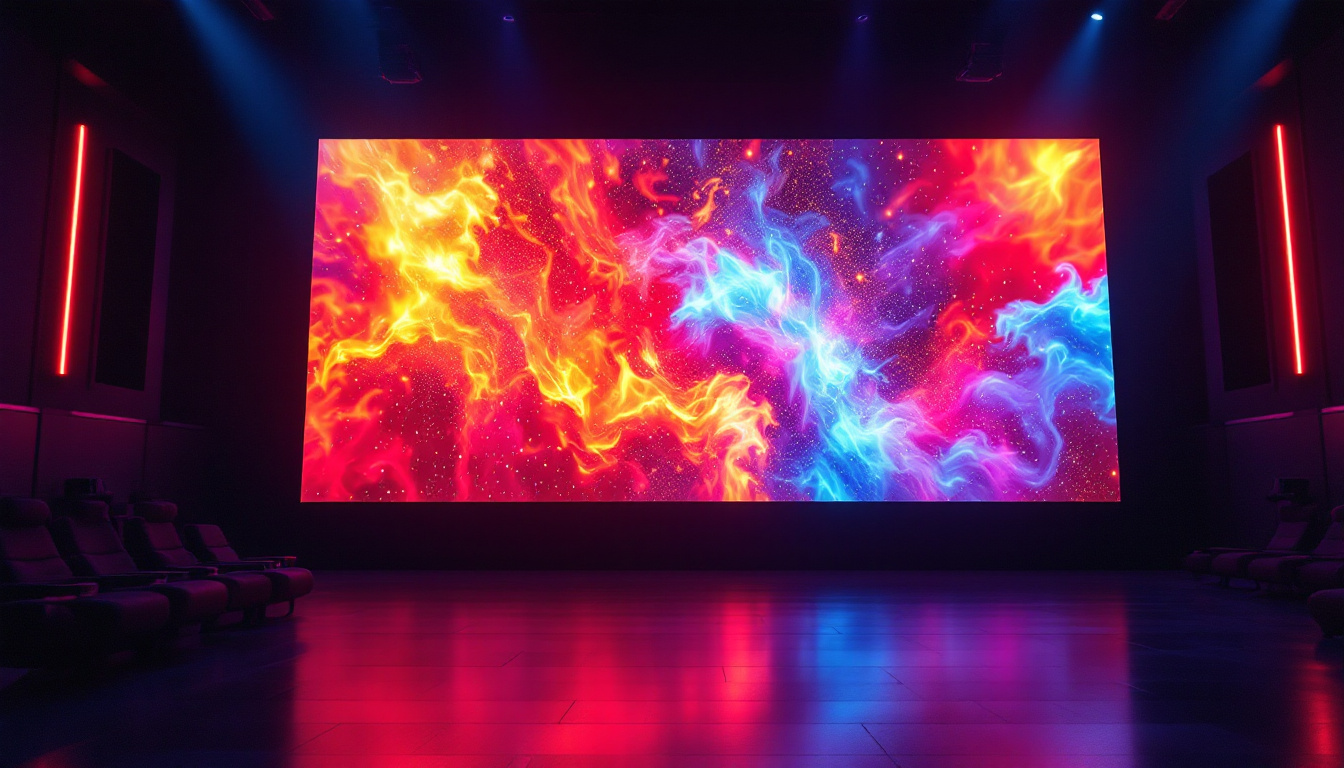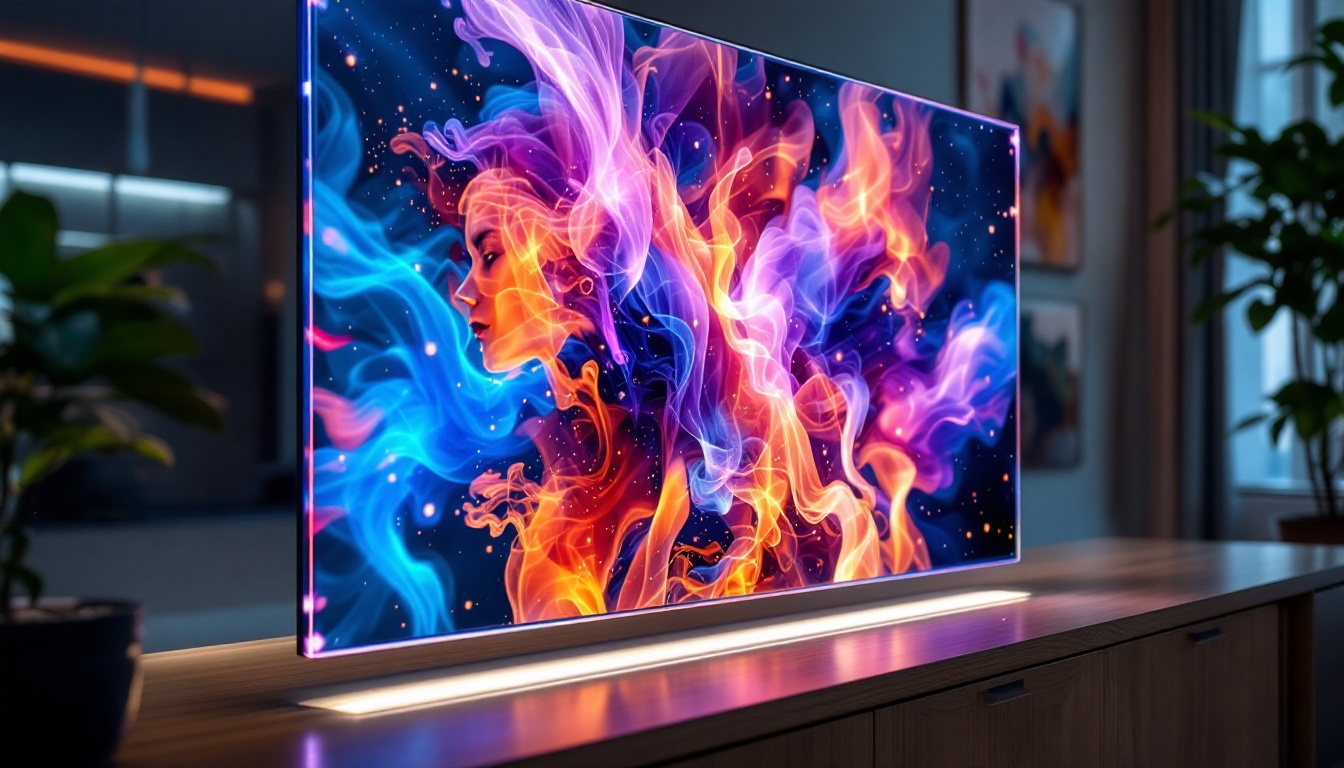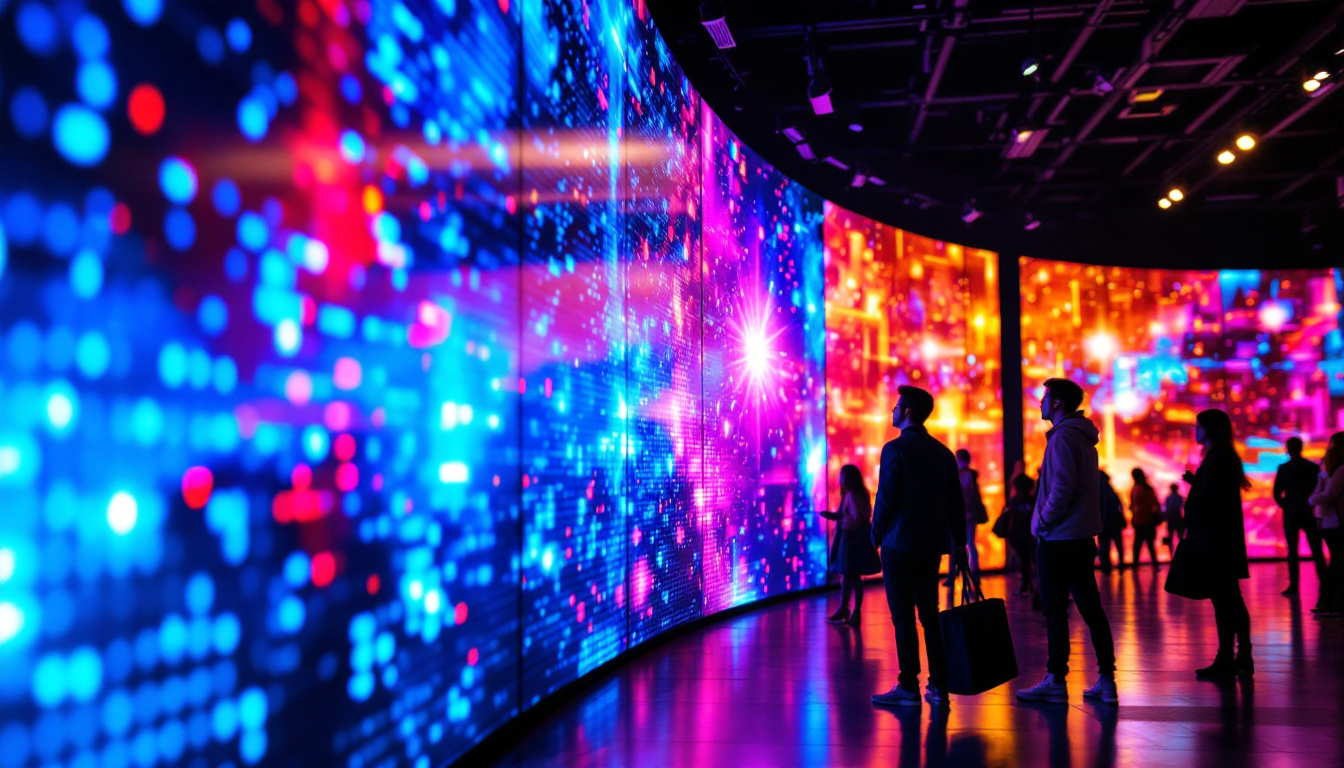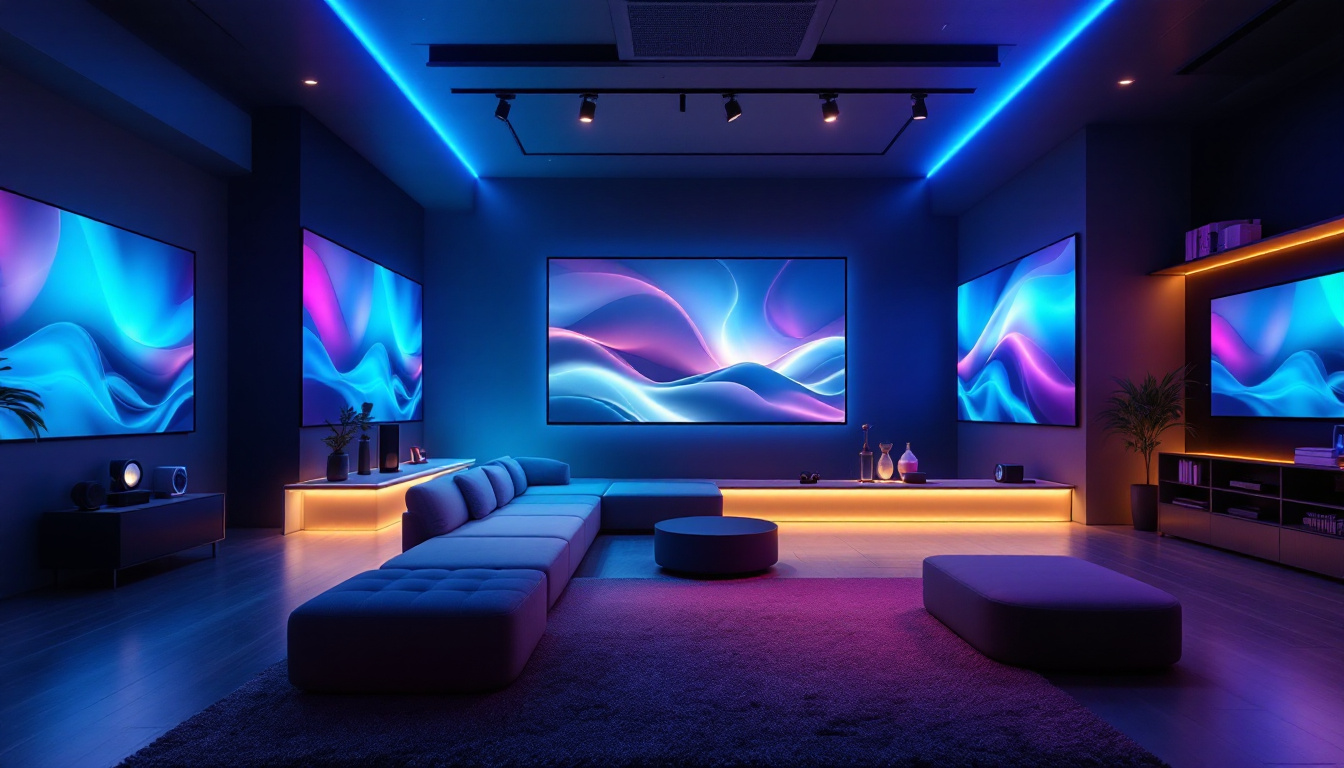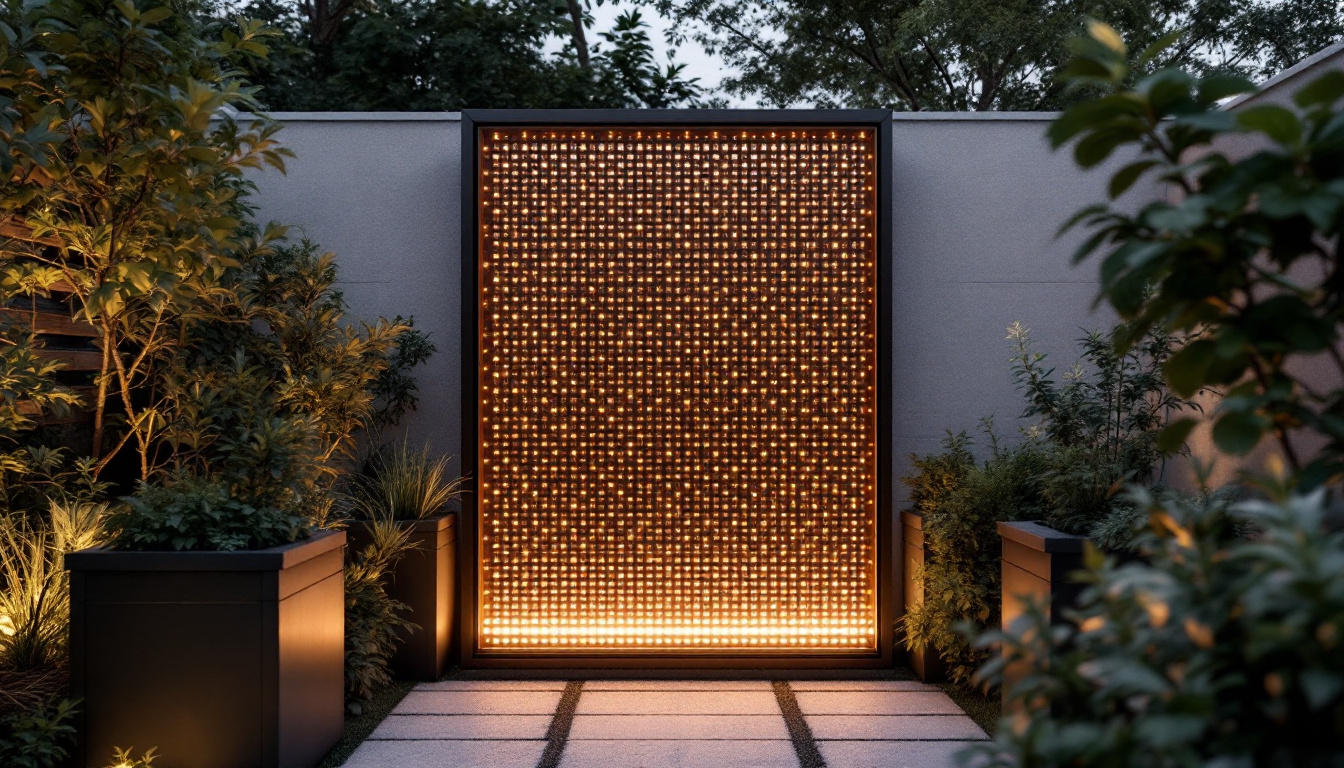In today’s fast-paced digital world, LED displays have become an essential medium for communication, advertising, and information dissemination. Among the various types of LED displays, table top LED displays stand out for their versatility, compactness, and effectiveness in engaging audiences at close range. This article explores the technology behind table top LED displays, their applications, advantages, and what makes them an increasingly popular choice in both commercial and personal settings.
Understanding Table Top LED Displays
What is a Table Top LED Display?
A table top LED display is a small to medium-sized LED screen designed to sit on a flat surface such as a table, desk, or counter. Unlike large-scale LED billboards or wall-mounted displays, these units are portable, easy to set up, and ideal for close-proximity viewing. They are often used in retail environments, exhibitions, conferences, and even homes for displaying dynamic content like advertisements, announcements, or interactive information.
These displays utilize light-emitting diodes (LEDs) arranged in a matrix to produce bright, vivid images and text. The LEDs can be configured in various pixel pitches, which determines the resolution and clarity of the display. Table top LED displays typically have finer pixel pitches compared to large outdoor LED screens, allowing for sharper images at shorter viewing distances.
How Do LED Displays Work?
LED displays operate by illuminating tiny semiconductor diodes that emit light when an electric current passes through them. Each LED acts as a pixel or part of a pixel, and by controlling the intensity and color of each diode, the display can render images, videos, and text in full color and high brightness.
Modern LED displays use RGB (red, green, blue) LEDs to create a wide spectrum of colors. By adjusting the brightness of each color channel, millions of colors can be produced, enabling vibrant and eye-catching visuals. The display’s control system manages the LED matrix, refreshing the image at high speeds to ensure smooth motion and reduce flicker.
Key Features and Specifications of Table Top LED Displays
Resolution and Pixel Pitch
Resolution is a critical factor in determining the quality of an LED display. It refers to the number of pixels horizontally and vertically on the screen. Pixel pitch, measured in millimeters, is the distance between the centers of two adjacent pixels. A smaller pixel pitch means higher resolution and sharper images, which is essential for close-range viewing typical of table top displays.
For example, a table top LED display with a pixel pitch of 1.5mm will provide crisp images suitable for detailed graphics and text, whereas a larger pixel pitch might result in a more pixelated appearance. Choosing the right pixel pitch depends on the intended viewing distance and content type.
Brightness and Viewing Angle
Brightness is another important specification. Table top LED displays generally offer brightness levels between 800 to 1500 nits, which is sufficient for indoor environments with ambient lighting. High brightness ensures that the display remains clear and visible even under strong indoor lighting or near windows.
The viewing angle, typically ranging from 120 to 160 degrees, determines how well the display can be seen from different positions around the table. Wide viewing angles are crucial for table top displays since viewers may be positioned at various angles during meetings, exhibitions, or retail interactions.
Connectivity and Control Options
Modern table top LED displays come equipped with multiple connectivity options such as HDMI, USB, Wi-Fi, and Bluetooth. These allow users to easily upload and manage content from laptops, smartphones, or cloud-based platforms. Some displays also support real-time content updates and remote management, which is particularly useful for businesses running multiple displays across different locations.
Control systems often include user-friendly software that enables scheduling, content customization, and playback management. This flexibility allows users to tailor the displayed content to specific audiences or events effortlessly.
Applications of Table Top LED Displays
Retail and Point of Sale
Retail environments benefit greatly from table top LED displays as they provide an engaging way to promote products, highlight special offers, or display interactive content. Positioned at checkout counters or product shelves, these displays capture customer attention and can influence purchasing decisions.
For instance, a cosmetics store might use a table top LED display to showcase new product launches or tutorial videos, enhancing customer experience and driving sales. The dynamic nature of LED displays makes them far more effective than static signage.
Corporate and Event Use
In corporate settings, table top LED displays serve as excellent tools for presentations, information sharing, and branding during meetings, conferences, and trade shows. Their portability allows easy transport and setup, making them ideal for temporary installations or roadshows.
At events, these displays can show schedules, speaker information, or live social media feeds, improving attendee engagement and providing real-time updates. The ability to display high-resolution video and animations adds a professional touch that static signage cannot match.
Hospitality and Service Industry
Hotels, restaurants, and other service-oriented businesses use table top LED displays to enhance guest experience. Menus, promotional offers, event announcements, or wayfinding information can be displayed attractively and updated instantly without the need for reprinting physical materials.
For example, a restaurant might use a table top LED display to highlight daily specials or upcoming events, while a hotel lobby could display welcome messages or local attractions, creating a more interactive and modern environment.
Personal and Educational Use
Beyond commercial applications, table top LED displays are gaining popularity in personal and educational contexts. They can be used as digital photo frames, desk clocks, or interactive learning aids. Educators use them to display dynamic content during lessons, making learning more engaging and visually stimulating.
Additionally, hobbyists and tech enthusiasts appreciate the customization possibilities of LED displays for personal projects, including gaming setups or home automation dashboards.
Advantages of Table Top LED Displays
Portability and Ease of Installation
One of the primary advantages of table top LED displays is their portability. Unlike large fixed installations, these displays can be easily moved, set up, and dismantled without professional assistance. This flexibility is invaluable for businesses that participate in multiple events or need temporary signage solutions.
The plug-and-play nature of many models reduces setup time and technical complexity, allowing users to focus on content rather than hardware management.
Energy Efficiency and Longevity
LED technology is renowned for its energy efficiency compared to traditional lighting and display technologies. Table top LED displays consume relatively low power, which helps reduce operating costs, especially when used for extended periods.
Moreover, LEDs have a long lifespan, often exceeding 50,000 hours of operation. This durability minimizes maintenance and replacement costs, making LED displays a cost-effective investment over time.
High Visibility and Impact
The brightness and color vibrancy of LED displays ensure that content stands out, even in well-lit environments. This high visibility translates to better audience engagement and message retention, which is crucial for marketing and communication purposes.
Dynamic content such as animations and videos can be displayed seamlessly, creating a more captivating experience than static signage or printed materials.
Choosing the Right Table Top LED Display
Assessing Your Needs
Selecting the ideal table top LED display requires a clear understanding of your specific requirements. Consider factors such as the typical viewing distance, ambient lighting conditions, content type, and budget. For example, a display intended for close-range product promotion should have a finer pixel pitch and higher resolution than one used primarily for text-based announcements.
Additionally, think about the environment where the display will be used. Bright indoor spaces demand higher brightness levels, while displays used in dimmer settings may prioritize color accuracy and contrast.
Evaluating Features and Support
Look for displays that offer robust connectivity options and user-friendly content management systems. Features like remote control, scheduling, and compatibility with various media formats add convenience and functionality.
It is also important to consider the manufacturer’s reputation, warranty, and customer support services. Reliable after-sales support can make a significant difference in maintaining the performance and longevity of your LED display.
Budget Considerations
Table top LED displays come in a wide range of prices, influenced by size, resolution, brightness, and additional features. While it may be tempting to choose the least expensive option, investing in quality ensures better performance and durability.
Balancing cost with the necessary specifications will help maximize the return on investment. In many cases, the enhanced engagement and professional appearance offered by higher-quality displays justify the additional expense.
Future Trends in Table Top LED Displays
Advancements in Miniaturization and Resolution
As LED technology continues to evolve, table top displays are becoming smaller, thinner, and more powerful. Advances in micro-LED and OLED technologies promise even higher resolutions and improved color accuracy, enabling unprecedented image quality in compact form factors.
This trend will expand the range of applications, from ultra-portable advertising tools to sophisticated interactive devices in education and entertainment.
Integration with Smart Technologies
Integration with IoT (Internet of Things) and AI (Artificial Intelligence) is set to transform table top LED displays into intelligent devices capable of adapting content based on audience behavior, environmental conditions, or real-time data.
For example, a smart LED display in a retail store might change promotions dynamically based on customer demographics or inventory levels, enhancing personalization and operational efficiency.
Sustainability and Eco-Friendly Designs
Environmental concerns are driving manufacturers to develop more sustainable LED displays. This includes using recyclable materials, reducing energy consumption further, and designing products for easier repair and longer lifecycles.
Consumers and businesses alike are increasingly prioritizing eco-friendly solutions, making sustainability an important consideration when choosing LED display technology.
Conclusion
Table top LED displays represent a powerful and versatile communication tool that combines advanced technology with practical design. Their ability to deliver bright, dynamic, and high-resolution content in a compact and portable form makes them ideal for a wide range of applications—from retail and corporate environments to hospitality and personal use.
Understanding the key features, applications, and benefits of table top LED displays helps users make informed decisions that maximize impact and return on investment. As technology advances, these displays will continue to evolve, offering even more innovative and sustainable solutions for visual communication.
Discover LumenMatrix’s Innovative LED Display Solutions
Ready to elevate your visual communication with cutting-edge technology? LumenMatrix offers a diverse range of LED display solutions tailored to your needs. From captivating Indoor and Outdoor LED Wall Displays to dynamic Vehicle and Sports LED Displays, our products are designed to make your brand stand out. Experience the future of digital signage with our All-in-One LED Displays, LED Transparent Displays, and more. Check out LumenMatrix LED Display Solutions today and transform your space into a vibrant, engaging environment.

